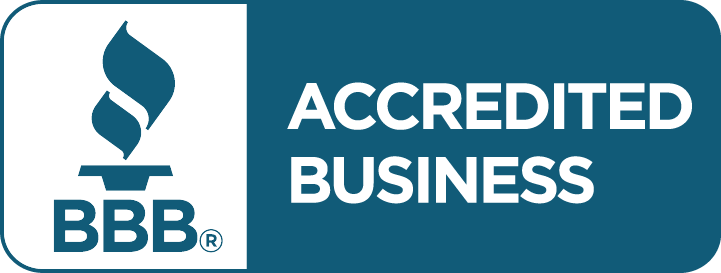November marks Financial Literacy Month in Canada, an initiative that’s becoming increasingly important as Canadians continue to struggle with a cost-of-living crisis. This year’s theme focuses on checking up on your financial health, particularly as it relates to managing and paying down debt.
A recent Transunion report indicated that more Canadians are continually turning to credit to manage the rising cost of living, with the average credit card balance now standing at $4,000. According to the report, increased debt levels and rising interest rates have led to increased minimum payments, placing additional strain on already financially stressed consumers.
“We are seeing a number of people reaching out to us about credit card debt that’s gotten out of control and people simply aren’t sure what to do about it,” says Susan Eisner, CEO of SolveYourDebts.com. “Using credit to pay bills or pay off other debts without having the money to clear the balance each month is a bad idea. Unfortunately the cost of living and increasing interest rates have put people in a tough position and we’re seeing more people turn to credit to make ends meet.”
For consumers struggling with mounting credit card debt, Eisner offers several tips to help get it under control.
- Start with one. Choose one credit card to pay off first – ideally the one with the highest interest rate – and make the minimum payments on other cards. By focusing on paying off just one card at a time, you’ll feel less overwhelmed. And since you’re combatting the card with the highest interest rate first, you’ll save more money in the long run.
- Apply for reduced interest rates. Sometimes, a phone call is enough to have your credit card interest rate reduced. If you have a good credit score of 730 or above, your credit card company may be willing to drop the interest rate, making it easier – and cheaper – for you to pay off your balance. Long-time customers who pay on time can also get their interest rate reduced by a percentage point or two. This seemingly small margin can add up to an annual saving of hundreds of dollars.
- Transfer your balance – but exercise caution. Many credit card companies offer new clients a 0% interest rate for upwards of 6 months if you transfer your balance to them. Transferring your credit card balance can save you hundreds of dollars a year, but only if you make a commitment to paying off what you owe within the introductory window during which low interest rates are applied. Should this window close before you have cleared your balance, the interest rate will go up and you may end up owing more than you did to the company you transferred from. You will also need to avoid swiping this new card because low interest may not apply to new balances or purchases. You should also know that you may be charged a balance transfer fee of about 3 to 4% of the total transfer amount. Do your research when considering this option to determine if it will actually save you money, and be sure to close down your previous account so that you’re not tempted to use both.
- Make at least two minimum payments every month. Credit card companies usually charge interest daily, so the sooner you make a payment towards your credit card debt the better, because you reduce your average daily balance and the interest it accumulates. Even on a tight budget, pay the monthly minimum and try to do so again in two weeks until you pay off the debt completely.
If you need help with debt, consider contacting a professional for help.
“At SolveYourDebts.com, our accredited credit counsellors can help you create a plan for your debt and get it back under control,” says Eisner.
For more information or to book a free consultation, visit SolveYourDebts.com.











